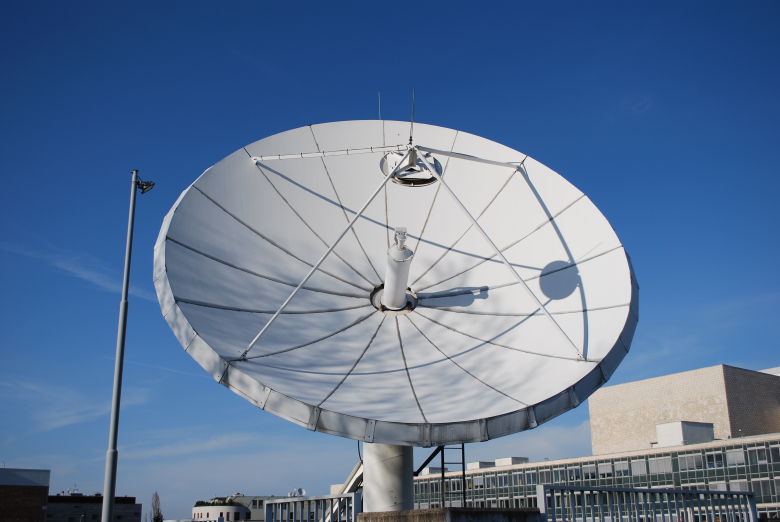C-Band Alliance Provides FCC with Usage Data 'Snapshot'

The C-Band Alliance continues to press its case for freeing up 200 MHz of spectrum for 5G through marketplace deals.
The FCC has signaled, unanimously, that it plans to free up some of that spectrum for licensed 5G wireless service, either through an auction, a market mechanism, or some other variant.
Following the alliance's filing last week of more details on its band plan for just how it would free up spectrum while continuing to provide its services and prevent interference from the new wireless band-sharers, alliance members Tuesday (May 28) filed satellite-usage data the FCC had requested to help it decide which way to go.
The alliance comprises international satellite providers--Intelsat, SES, Eutelsat, Telesat--whose clients include broadcasters (TV and radio) and cable operators using the spectrum to receive network programming from distributors.
Related: C-Band Alliance Provides FCC More Info on Band-Clearing Plan
While much of that data was provided on a confidential basis, it shows a "snapshot" of a single month of usage (March 2019), according to someone familiar with the filing, including the capacity contracted for numerous satellites. The data also includes the alliance's assessment of various technical and commercial factors including the current and future needs of TV and radio broadcasters (which they say was based on "extensive" conversations with customers; how to protect those customers from mobile 5G interference (technical rules, filters), and the need for broadcast and cable operators to look at satellite coverage patterns across the entire U.S.
Related: Matsui Working on C-band Compromise Bill
Broadcasting & Cable Newsletter
The smarter way to stay on top of broadcasting and cable industry. Sign up below
The Alliance tells the FCC that having done those assessments, it is confident that 200 MHz of the available 500 MHz can be cleared for terrestrial mobile use within three years. That will include the building of eight new satellites to ensure continuity of programming for the 120 million audience for the broadcast and cable programming that relies on the C-band.
The Alliance has argued that its plan to strike marketplace deals with wireless carriers for the spectrum, rather than have the FCC auction it, is the fastest way to free up the spectrum for 5G, the race to which is a priority for both the FCC and the Trump Administration at large.
The 5G-centric FCC is definitely going to free up some portion of the C-band (3.7-4.2 GHz) for next-generation wireless, part of a grand plan to free up as much low-, mid- and high-band spectrum as possible, but sought comment on just how to do that, either through a traditional FCC auction or via marketplace mechanisms like deals between carriers and satellite operators as the alliance is proposing, perhaps even cutting cable operators and broadcasters in for a piece of the proceeds.
The alliance has argued that waiting for the FCC to set up and conclude an auction would take more time than marketplace deals, though one source on the other side said there will be a raft of lawsuits if the agency adopts the C-band Alliance plan, which could push back that timeline.
Barclays appeared to like the alliance's band plan details, telling clients: {I]n terms of the FCC’s desire for speed on putting 5G spectrum in the hands of operators, it looks good that a good amount of spectrum (60 MHz of the total 180 MHz) can be made available after 18 months in areas that account for 58% of the US population."
Contributing editor John Eggerton has been an editor and/or writer on media regulation, legislation and policy for over four decades, including covering the FCC, FTC, Congress, the major media trade associations, and the federal courts. In addition to Multichannel News and Broadcasting + Cable, his work has appeared in Radio World, TV Technology, TV Fax, This Week in Consumer Electronics, Variety and the Encyclopedia Britannica.

